Richard Neutra, the quintessential California modernist architect, has made my stay in downtown Los Angeles worthwhile.
Los Angeles’ main library has an exhibition of Neutra’s sketches and drawings and I was able to take some pictures to share with you—these are my interpretations of his work:
I love these largely horizontal airy structures; they are so “modern”, you forget they were designed in 1920’s…
I admit that I had to leave California to miss it and nothing says more Los Angeles than this beautiful photo of the Stahl House by Pierre Koenig, another modernist architect:
the photographer, Julius Shulman, became famous by this one black and white shot from 1960 (above) and its color version (below):
Born in Vienna, Neutra (1892 – 1970) was influenced by his fellow Austrians, Gustav Klimt and Egon Schiele (both died in 1918 when Neutra was 26 years old); this little painting of his could have been created by Klimt himself:
Another great influence on the young Neutra was Frank Lloyd Wright who invited Neutra to work in his studio in Taliesen. They rank him second only to the great Lloyd Wright in American architecture. Other early influences were Louis Sullivan (he coined “form follows function”), Otto Wagner and Erich Mendelsohn.
This sketch is the Van der Leeuw House solarium (complete with bathing beauties) that Neutra envisioned to build for himself:
Chairs (this one from 1919) weren’t the only things besides buildings that Neutra designed,
he even designed aluminum buses!
Richard Neutra, the romantic engineer, was passionate about art, technology and architecture—I love this drawing of a cellist playing Bach:
Leaving the cold winters and the world wars of Europe, Neutra took refuge in the sunny climate and rich landscape of Southern California; with his cool and sleek modern style he coined the term biorealism: “the inherent and inseparable relationship between man and nature.”
To see my favorite architects go here
Catch the exhibition at the L.A. Library here



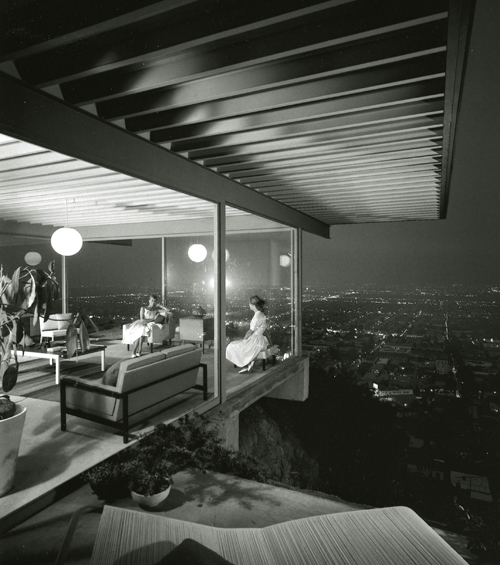
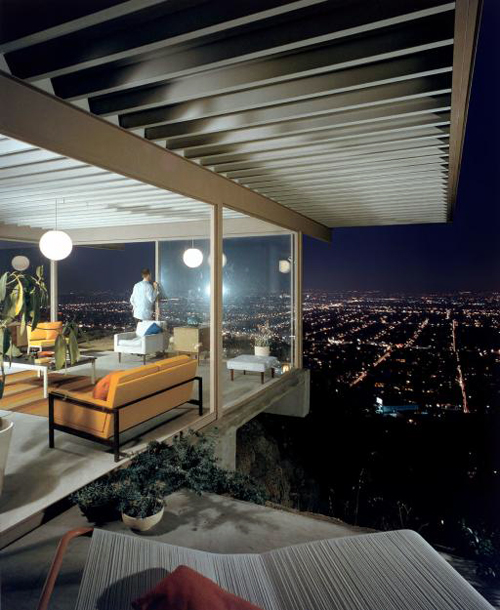
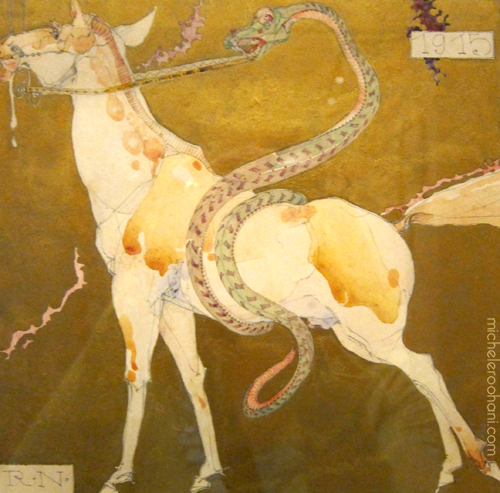
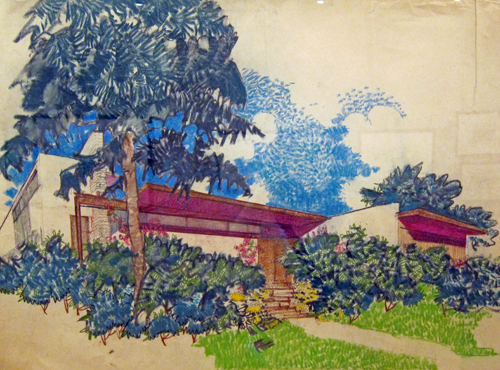

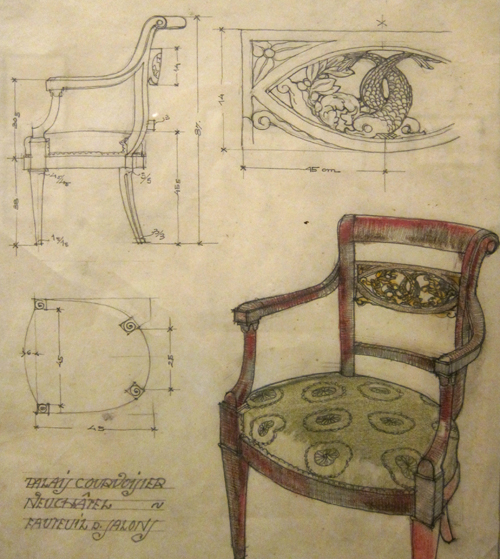
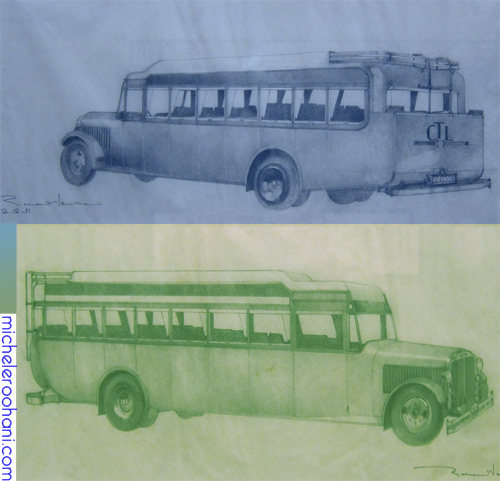
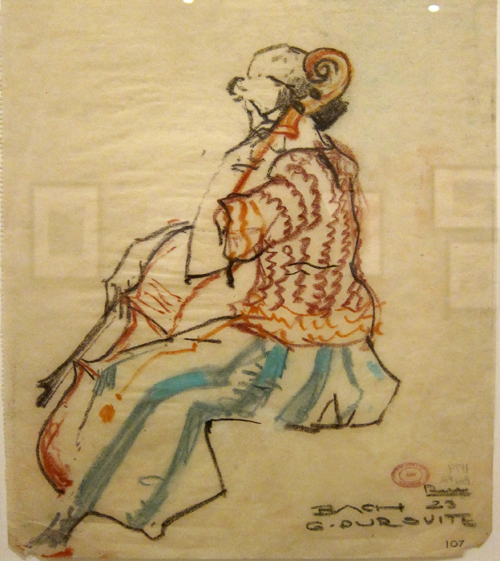
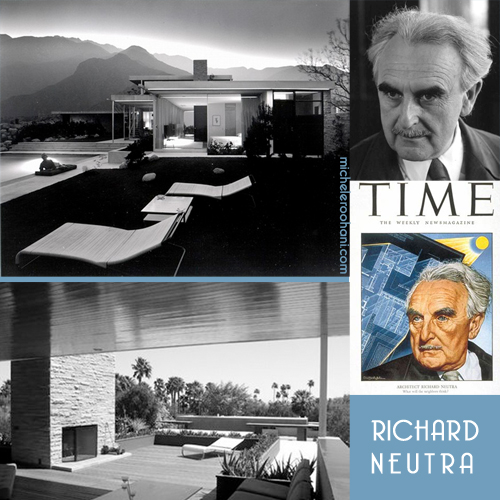
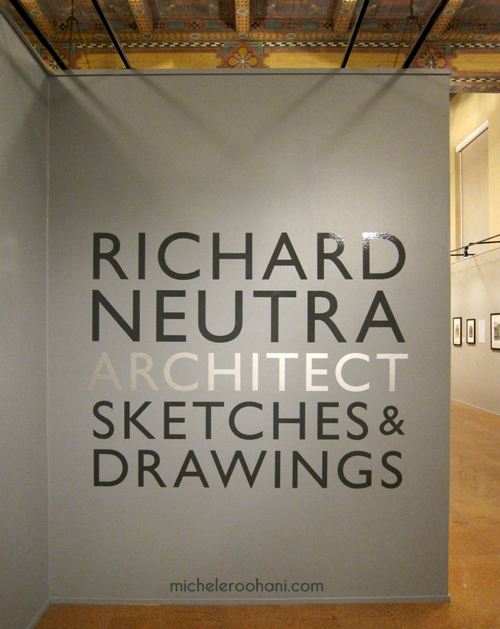
Richard Neutra was truly a great modernist architect, but I feel that much of Pierre Koenig’s work goes unnoticed. Koenig and John Lautner are among my favorite West Coast architects.
Thanks for the post!
Spirit in Architecture
If somebody tells you that “I’m studying literature and getting my master’s degree in poetry to become a poet” wouldn’t you laugh? Well, you never laugh if somebody tells you that he or she is going to Architecture school to become an Architect!
I always believe that architect is not a matter of becoming but to be: a special phenomenon with a special mind and a great spirit where the understanding of space is integrated; therefore it’s not easy to call any swift magician with some knowledge in building technology “an architect”; and we better not call every school graduate who passed a board exam an architect—a real architect may never attend a course to become one, and on the contrary, there are many graduates of architecture schools without any notion of space, form, and architecture. I’m sure there have been many people with great understanding of architecture who passed their life in other careers: they are born architects but live other lives…
Nobody knows what Mozart would become if growing in a farm or a far away cattle house instead of having a father who was playing violin in Vienna? what if many Mozarts died before touching a piano key?
What could be the effects of relationships of society in art? Who is a real artist? The one who gets hired by a king for making a palace, working on a cathedral or museum or a genuine architect who never had a good contact to get the opportunity of creating a masterpiece?
We usually admire the creation of an architect without knowing the multi elements influencing the result; on what base the job was offered to that architect and why?
In general, today’s architects are from 3 categories:
1- The giant worldwide famous names who monopolized the industry and get the biggest projects with no questions asked (many unknown graduates work honorably in their firms.)
2- The small designers who hardly find a project in a good economy and have to listen to their clients’ needs, such as how madam wants her toilette to be or how the architect has to adopt a luxury kitchen in a tiny apartment.
3- The individuals who never attend any architecture school because of poverty or lack of school in their town but with a great spirit of architecture who may never exploit it.
When I was traveling in the North of Iran on my dissertation plan for Paris-Sorbonne University in 1976 I admired the rural architecture without architect there; the functional movements of volumes to create the dynamic aspects for life, the natural forms created by hand to respond habitat’s needs as well as cold winters— they are indeed far away from the great Persian monumental architectures (famous in the world) and there is hardly any influence of the majesty of old Persia there…but they are pleasant and absolutely magnificent in their simplicity and functionality.
Talking about Mies van der Rohe, Le Corbusier or F.L Wright of Bauhaus and showing the attractive architecture of Neutra is nice and very educative, but can we tell, were they not able to get those projects (as Jean Nouvel, Frank Gehry,… or Richard Meier’s office get these days), what would have happened to architecture?
Shouldn’t we think that they all (unconsciously) tried to close the door of creation to thousands of talented architects? Aren’t they a barrier to unknown design firms who do not have good business relations? Small firms who are not able to lobby or be a member of a club? The ones who are not good business persons and don’t know who to feed first, and because they are not smart speakers they can not take over an architecture school’s board of directors?
I believe that architecture shouldn’t be summarized under the name of the giant architects, who benefit their fame, their power, etc… We better stand and pay homage to many unknown ARCHITECTS who died without being a professional architect, the ones who left their masterpieces without any protection all over the world, masterpieces with a noble spirit in parts missing in many of the “starchitects” works.
Shaahin Espahbodi
Outstanding, educational and deeply thoughtful Essay by Shaahin Espahbodi ..
Thanks for sharing